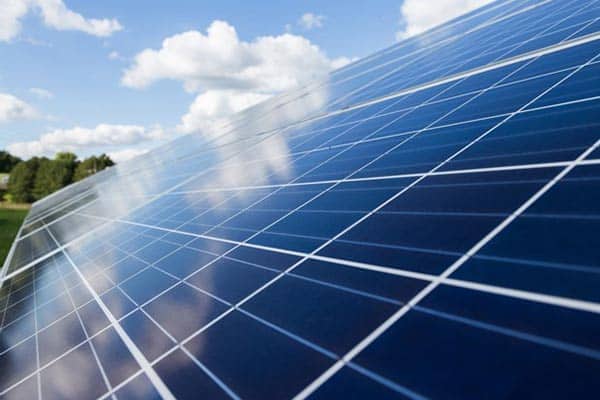
There used to be a mistaken concept that the weather in the UK made it unsuitable for solar panel systems. But this notion is quickly changing as more individuals and property owners understand that even if there is no bright sunshine in the UK all day every day per se, their solar panels can still work, and quite efficiently and productively, at that. Even on days that are cloudy, solar panels can still generate ample energy. In fact, in other countries with extremely high temperatures, the climate can sometimes interfere with the solar cells’ internal chemical process, leading to less energy output. But all this being said, the bigger question is: how suitable is your property for a solar PV system? or how much does solar cost in San Diego. Here’s how you can correctly determine if your property is suitable for a solar panel installation.
-
Table of Contents
Consider your roof’s size
First of all, consider your roof’s size. The size of your array and the number of panels it includes will often be based on your consumption of electricity, so you should assess your electric bills and see how much electricity you consume. A standard solar panel with 250W is around 1.75 by 0.9 by 50mm, and it can weigh from 15 to 30 kilograms.
But here’s the thing: if you have a small installation of 2kW, this would often consist of 8 panels, so your roof space should be about 12 sq. metres. If you are installing a 3kW system, this involves 12 panels, with a required roof space of around 19 sq. metres. For 3.5kW systems, there would usually be 14 panels with a space requirement of 21 sq. metres, and a 4kW system would often consist of 16 panels, with a required space of 24 sq. meters.
-
Your loft and roof structure
You also need to make sure that you have some space in your loft or attic so the inverter can be placed there; a typical inverter is often the same size as a microwave. Yet another consideration would be your roof’s integrity and structure. You may want to make sure that you have a structurally sound roof, especially if your building is older. The good news is that many expert installers, such as https://atlanticrenewables.co.uk, will work with a structural engineer so they can calculate the wind load, particularly if your roof is showing any signs of wear and tear or distress.
-
Your roof’s aspect
For an ideal installation, your roof should be oriented or facing south so it can produce the most energy. But you can still install panels on roofs that face west or east, as the output loss isn’t that significant (only about 15%). But if your roof is facing north, a solar panel installation may not be the best idea. The same is true if your roof has a lot of shade coming from nearby buildings or structures or trees.
-
Your roof’s pitch
Alongside the above, you should also think about your roof’s pitch. Your roof should ideally be angled from 35o to 40o, but angles from 10 degrees to 60 degrees would also be suitable. If your roof is flat, you have the option of fitting solar panels onto a mount so they can become more efficient.


